The Difference Between Chiles And Peppers
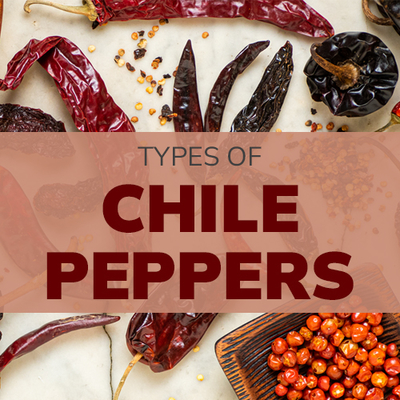
Chiles and peppers are often used interchangeably in culinary conversations, but there is a distinct difference between the two. The main differentiating factor lies in their biological classification. Peppers belong to the genus Piper, while chiles belong to the genus Capsicum.
While peppers are known for their mild to moderate spice levels, chiles are renowned for their intense heat. This variance in spiciness can be attributed to the presence of a chemical compound called capsaicin, which is found in higher concentrations in chiles.
Next, we will delve deeper into the intriguing world of chiles and peppers, exploring their heat levels, varieties, and culinary uses. So grab your taste buds and prepare for a spicy adventure!
The Distinction Between Chiles And Peppers
Chiles and peppers may seem similar, but there is a distinct difference between the two. The key differentiating factor lies in their biological classification. Peppers belong to the genus Piper, while chiles belong to the genus Capsicum. This genetic dissimilarity contributes to their varying levels of spiciness. While peppers are known for their mild to moderate heat, chiles are renowned for their intense and fiery taste. This distinction makes chiles the go-to ingredient for those seeking a spicy kick in their culinary endeavors, while peppers offer a milder flavor option. So, next time you’re in the grocery store, remember to choose wisely when it comes to your preferred level of spiciness.
Common Misconceptions About Chiles And Peppers
One of the common misconceptions about chiles and peppers is that they are interchangeable terms. While both are used to add flavor and spice to dishes, there is a distinct difference between the two. Another misconception is that all chiles are extremely spicy. While it’s true that many chiles are known for their fiery heat, there are also milder varieties available. Additionally, some people believe that chiles and peppers are only used in Mexican cuisine. However, these versatile ingredients can be found in a wide range of international dishes, adding depth and complexity to the flavors.
Scoville Scale: Measuring Heat Levels
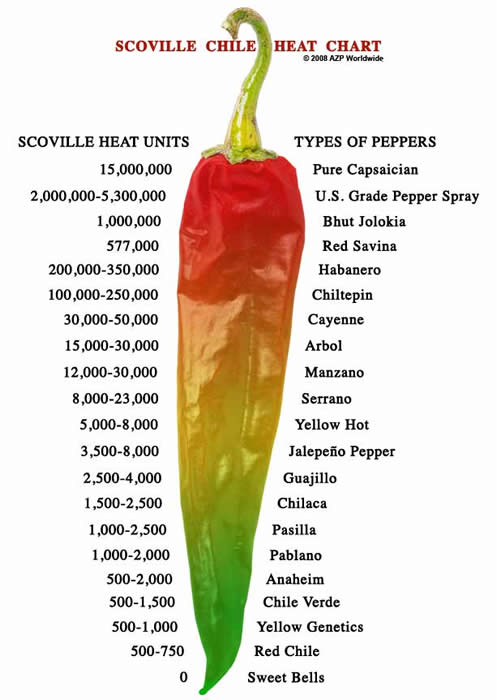
The Scoville Scale is a widely used measurement system for determining the heat levels of chiles and peppers. This scale, named after its creator Wilbur Scoville, assigns a numerical value known as Scoville Heat Units (SHUs) to each pepper. The higher the SHU, the hotter and more pungent the pepper is considered to be. This scale allows consumers and chefs to gauge the intensity of heat when using different varieties of chiles and peppers in their dishes. It’s important to note that the Scoville Scale is subjective and can vary slightly depending on factors such as growing conditions and pepper ripeness.
Understanding The Scoville Scale
The Scoville Scale is a measurement system used to determine the heat levels of chiles and peppers. Developed by Wilbur Scoville, this scale assigns a numerical value known as Scoville Heat Units (SHUs) to each pepper, indicating its spiciness. The higher the SHU, the hotter and more pungent the pepper is considered to be. This scale allows consumers and chefs to gauge the intensity of heat when using different varieties of chiles and peppers in their dishes. It’s important to note that the Scoville Scale is subjective and can vary slightly depending on factors such as growing conditions and pepper ripeness.
Factors That Influence The Spiciness Of Chiles And Peppers
The spiciness of chiles and peppers can be influenced by several factors. One of the main factors is the level of capsaicin, a compound responsible for the heat sensation. The higher the concentration of capsaicin, the hotter the pepper will be. Other factors include the variety of the pepper, as different types have varying levels of spiciness. Additionally, environmental factors such as sunlight exposure, temperature, and soil conditions can affect the spice levels. It’s important to note that individual sensitivity to spiciness also plays a role in how hot chiles and peppers are perceived.
Types Of Chiles And Peppers

There are numerous varieties of chiles and peppers available, each bringing its own unique flavor and level of spiciness to dishes. Some popular types include jalapeños, habaneros, serranos, poblano peppers, and bell peppers. Jalapeños are known for their medium level of heat and are often used in Mexican cuisine. Habaneros, on the other hand, are extremely spicy and are often used in hot sauces and marinades. Serranos are similar to jalapeños but with a slightly higher heat level. Poblano peppers are milder and are commonly used in dishes like chiles rellenos. Lastly, bell peppers are known for their mild and sweet flavor, making them perfect for adding a pop of color to salads or stir-fries.
Varieties Of Chiles And Peppers
There is an incredible array of chiles and peppers to choose from, each offering its own unique flavor and level of spiciness. Some popular varieties include jalapeños, habaneros, serranos, poblano peppers, and bell peppers. Jalapeños are known for their medium level of heat and are commonly used in Mexican cuisine. Habaneros, on the other hand, are extremely spicy and are often found in hot sauces and marinades. Serranos are similar to jalapeños but with a slightly higher heat level. Poblano peppers have a milder taste and are frequently used in dishes like chiles rellenos. Finally, bell peppers have a mild and sweet flavor, making them a perfect addition to salads or stir-fries. The wide range of chile and pepper varieties allows for endless culinary possibilities!
Flavor Profiles And Culinary Uses Of Different Types
Chiles and peppers come in a wide range of varieties, each offering its own distinct flavor profile and culinary uses. Let’s explore some popular types and their unique characteristics:
- Jalapeños: These medium-heat chiles have a slightly tangy and grassy flavor. They are often used in Mexican dishes like salsas, nachos, and stuffed jalapeños.
- Habaneros: Known for their intense heat, habanero peppers have a fruity and floral flavor. They are commonly used in spicy Caribbean and Latin American dishes, as well as in hot sauces and marinades.
- Serranos: Similar to jalapeños but with a higher heat level, serrano peppers have a bright and earthy flavor. They are great for adding a kick to salsas, sauces, and spicy soups.
- Poblano peppers: With a mild and slightly sweet flavor, poblano peppers are perfect for stuffing, roasting, or charing. They are often used in chiles rellenos, mole sauces, and Mexican stews.
- Bell peppers: These mild and sweet peppers come in various colors (red, yellow, orange, and green) and are versatile in cooking. They can be sautéed, stuffed, roasted, or used raw in salads, stir-fries, and sandwiches.
From the fiery habaneros to the milder poblano peppers, each variety of chile and pepper brings its own unique flavor and heat to dishes from around the world. Experimenting with different types can elevate your culinary creations and add a touch of spice to your meals. Enjoy the rich and diverse flavors that chiles and peppers have to offer!
Growing Chiles And Peppers
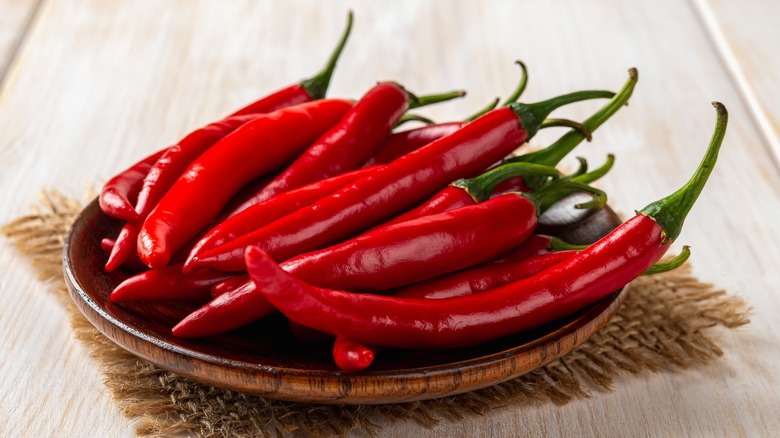
Growing chiles and peppers can be a rewarding experience for both gardening enthusiasts and spice lovers alike. To successfully grow these flavorful and fiery plants, it is important to provide them with the right conditions. Chiles and peppers thrive in warm climates with plenty of sunlight, so choose a sunny spot in your garden or use containers if you have limited space. The soil should be well-draining and enriched with compost or organic matter. Start seeds indoors early in the year and transplant them outside after the danger of frost has passed. Remember to water regularly, but avoid over-watering, as damp conditions can promote fungal diseases. With proper care and attention, you can enjoy a bountiful harvest of chiles and peppers right from your own backyard.
Tips For Growing Chiles And Peppers At Home
To successfully grow chiles and peppers at home, there are a few tips to keep in mind. First, choose a sunny spot in your garden or use containers if you have limited space. Chiles and peppers thrive in warm climates and require at least six hours of sunlight daily. Secondly, make sure to provide well-draining soil enriched with compost or organic matter. This will ensure optimal growth and prevent waterlogged roots. Lastly, water regularly, but avoid over-watering as this can lead to fungal diseases. With these tips, you can enjoy a bountiful harvest of flavorful chiles and peppers right from your own backyard.
Best Practices For Cultivating A Spicy Garden
When cultivating a spicy garden, there are a few best practices to follow. First, start with high-quality seeds or seedlings from reputable sources. This ensures that you are starting with strong and healthy plants. Next, provide your plants with the right growing conditions, including ample sunlight, well-draining soil, and regular watering. It’s also helpful to mulch around the base of the plants to retain moisture and suppress weeds. Additionally, consider using organic fertilizers or compost to nourish your plants naturally. Lastly, be diligent with pest control, as chiles and peppers can be susceptible to pests like aphids and snails. By following these best practices, you can cultivate a thriving and spicy garden.
Cooking With Chiles And Peppers
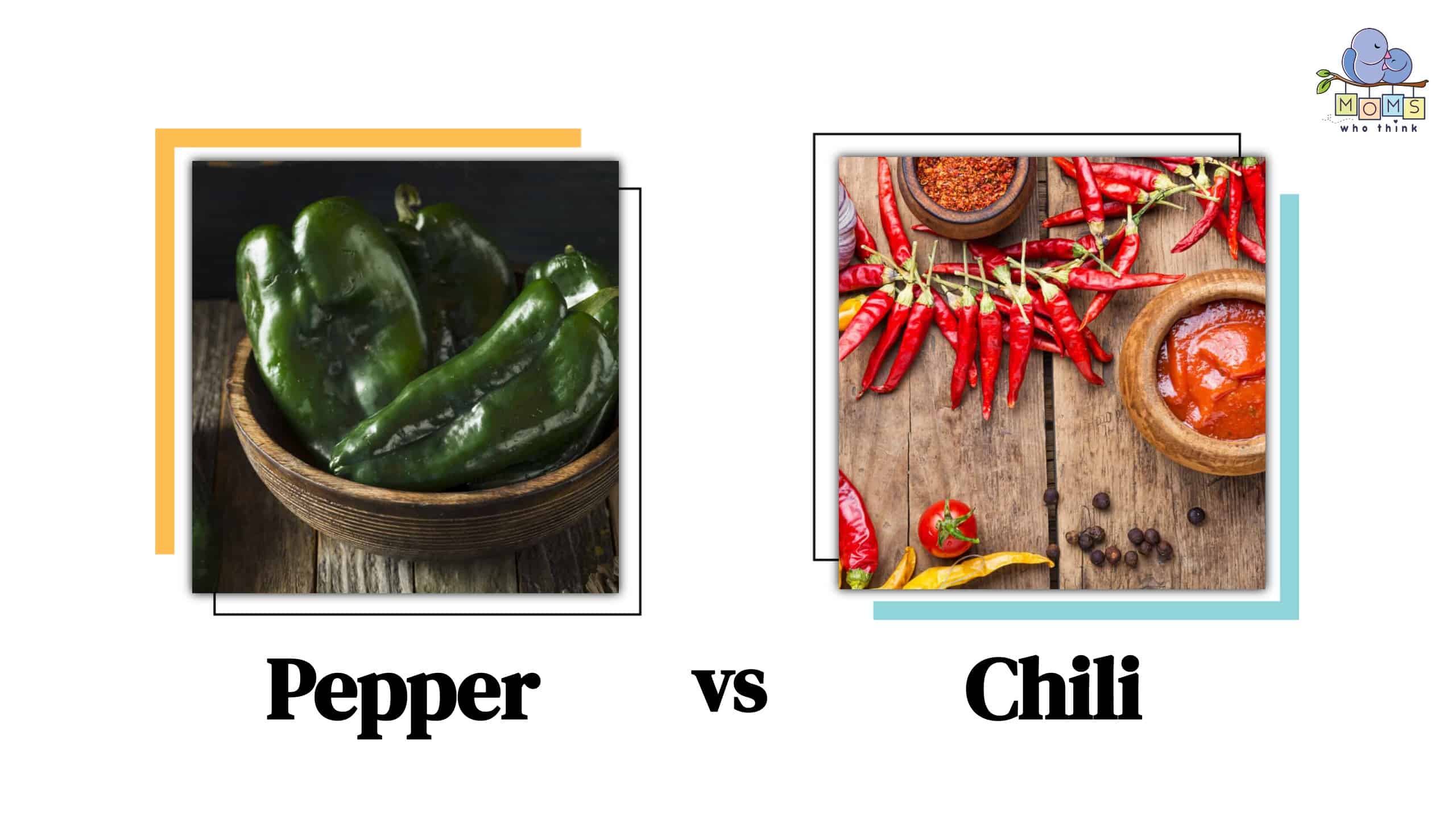
Incorporating chiles and peppers into your cooking can add a delightful kick of spice and flavor to a wide range of dishes. From mild to fiery hot, chiles and peppers can be used in various culinary creations, from salsas and marinades to stir-fries and soups. They can be roasted, sautéed, stuffed, or used in their raw form to enhance the taste and bring depth to your recipes. Whether you prefer the smoky richness of chipotle peppers or the vibrant heat of habaneros, experimenting with chiles and peppers can take your cooking to a whole new level of deliciousness.
Incorporating Chiles And Peppers Into Various Dishes
Incorporating chiles and peppers into various dishes can elevate the flavor profile and add a delightful kick of spice. Whether you prefer mild or fiery heat, there are countless ways to use chiles and peppers in your cooking. Add chopped jalapenos to your salsa for an extra punch, toss sliced bell peppers into stir-fries for a pop of color and crunch, or stuff poblano peppers with cheese for a delicious appetizer. Experiment with different types of chiles and peppers to discover your favorite combinations and bring a new level of excitement to your culinary creations. Get creative and let the heat of chiles and peppers enhance your dishes, making every bite an unforgettable experience.
Recipes Showcasing The Versatility Of Chiles And Peppers
Chiles and peppers are incredibly versatile ingredients that can be used in a wide range of dishes to add a burst of flavor and heat. Whether you prefer a mild kick or a fiery explosion, there are countless recipes that highlight the versatility of these ingredients.
One classic recipe that showcases the power of chiles is the beloved chili con carne. This hearty dish combines ground beef, beans, tomatoes, and a blend of spices, including chili powder and cayenne pepper, to create a robust and flavorful meal.
For those who enjoy a lighter option, stuffed peppers are an excellent choice. Fill bell peppers with a mixture of seasoned ground meat, rice, and vegetables, and bake until tender and delicious. The heat from the chiles will infuse the dish with a subtle warmth that complements the other flavors perfectly.
If you’re a fan of Mexican cuisine, try making homemade salsa using fresh chiles. Whether you go for a classic red salsa with jalapenos or a tangy green salsa with roasted poblano peppers, these condiments can elevate any dish, from tacos to grilled meats.
For an international twist, experiment with Thai or Indian curry recipes. Curry pastes often include chiles, which provide the signature heat and depth of flavor. Whether you opt for a red curry with Thai bird’s eye chiles or a spicy vindaloo with Kashmiri chiles, these dishes will take your taste buds on an unforgettable journey.
Lastly, let’s not forget about the incredible world of hot sauces. From smoky chipotle hot sauce to tangy habanero salsa, there are endless possibilities when it comes to incorporating chiles and peppers into homemade condiments. Drizzle them on your favorite dishes, marinate meats, or use as a dipping sauce for added heat and zing.
No matter what type of cuisine or dish you’re craving, chiles and peppers have the ability to transform ordinary recipes into extraordinary culinary experiences. So don’t be afraid to get creative and experiment with different combinations and levels of heat. Whether you’re a fan of mild or spicy, there’s a recipe out there that will make your taste buds dance with delight.
Conclusion
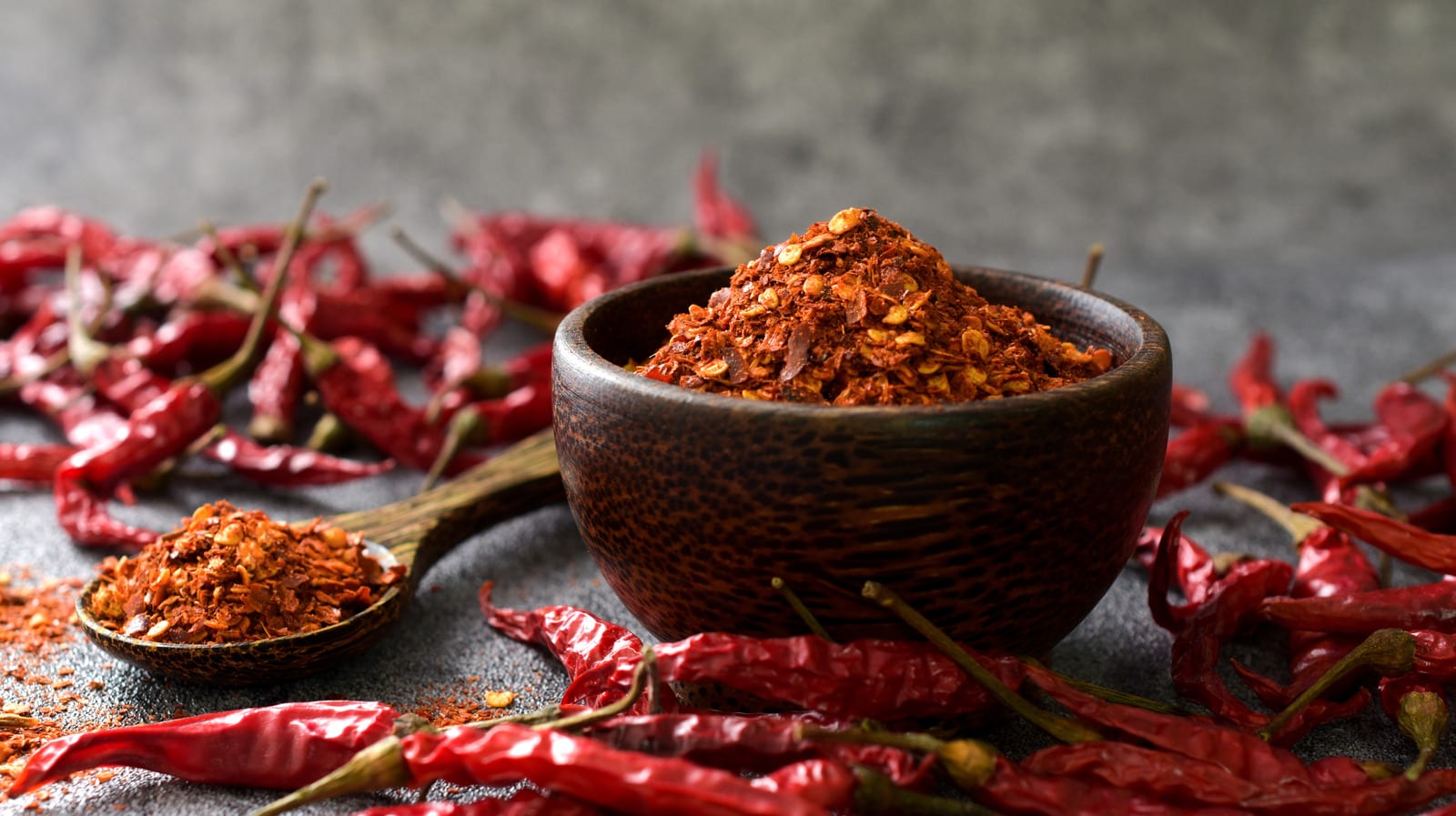
In conclusion, understanding the difference between chiles and peppers can open up a world of flavor and heat in your culinary endeavors. While chiles are known for their spiciness, peppers offer a wide range of flavors and heat levels. The Scoville Scale allows you to gauge the spiciness of different chiles and peppers, and growing your own plants can be a rewarding experience. Incorporating chiles and peppers into your cooking can elevate any dish, from classic recipes like chili con carne to exotic curries and homemade condiments. So embrace their versatility and enjoy exploring the world of spicy cuisine.
Key Takeaways About Chiles And Peppers
Chiles and peppers are both members of the Capsicum genus, but they offer unique flavors and heat levels. Chiles are hotter than peppers and come in a variety of types, each with its own level of spiciness. Peppers, on the other hand, come in different colors and can range from mild to moderately hot. Understanding the Scoville Scale can help you gauge the heat of different chiles and peppers. Growing your own chiles and peppers can be a rewarding and fulfilling experience. Incorporating these ingredients into your cooking can add depth, flavor, and a fiery kick to your dishes.
Exploring The World Of Spicy Cuisine
Exploring the world of spicy cuisine is like embarking on a flavorful adventure. From the fiery curries of India to the zesty salsas of Mexico, every culture has its unique way of incorporating chiles and peppers into their dishes. Spicy food lovers are constantly discovering new flavors and experimenting with different heat levels. It’s a journey that goes beyond just adding heat to a dish; it’s about exploring the intricate balance of flavors and creating bold and memorable culinary experiences. So, whether you’re a fan of the tongue-tingling burn or prefer a subtle hint of spice, there’s a whole world of spicy cuisine waiting to be explored.
FAQ About Pepper Perplexity: Chiles Vs Peppers: Unraveling The Spicy Conundrum
Q: What is the main difference between chiles and peppers?
A: The main difference lies in their heat level. Chiles are typically hotter than peppers due to their higher concentration of capsaicin.
Q: Can chiles and peppers be used interchangeably in recipes?
A: While they both belong to the capsicum family, chiles and peppers have distinct flavors and heat profiles. It’s best to use them according to the specific taste and spice level desired in a recipe.
Q: How can one determine the spiciness of a chile or pepper?
A: The Scoville scale measures the heat level of chiles and peppers based on their capsaicin content. The higher the Scoville unit, the spicier the pepper.
Q: Are there any health benefits to consuming chiles and peppers?
A: Yes, both chiles and peppers contain antioxidants and vitamins that provide various health benefits, such as boosting metabolism and aiding digestion.
Q: What are some popular types of chiles and peppers?
A: Common chiles include jalapeños, habaneros, and serranos, known for their heat. Popular peppers like bell peppers, banana peppers, and poblano peppers offer milder flavors for diverse culinary uses.
Q: How should chiles and peppers be stored to maintain freshness?
A: To prolong their shelf life, store chiles and peppers in a cool, dry place or refrigerate them in a ventilated bag. Avoid exposure to moisture to prevent mold growth.

The Finer Diner has a rich history deeply rooted in the Mt. Oliver and Hilltop community. Our journey began with a simple yet ambitious vision – to create a welcoming space where friends and families could come together to enjoy delicious, comforting meals in a classic diner-style setting. Since our establishment, we have been dedicated to serving food, creating lasting memories, and fostering a sense of belonging within our community. Our commitment to quality, authenticity, and exceptional service has been the cornerstone of our success.